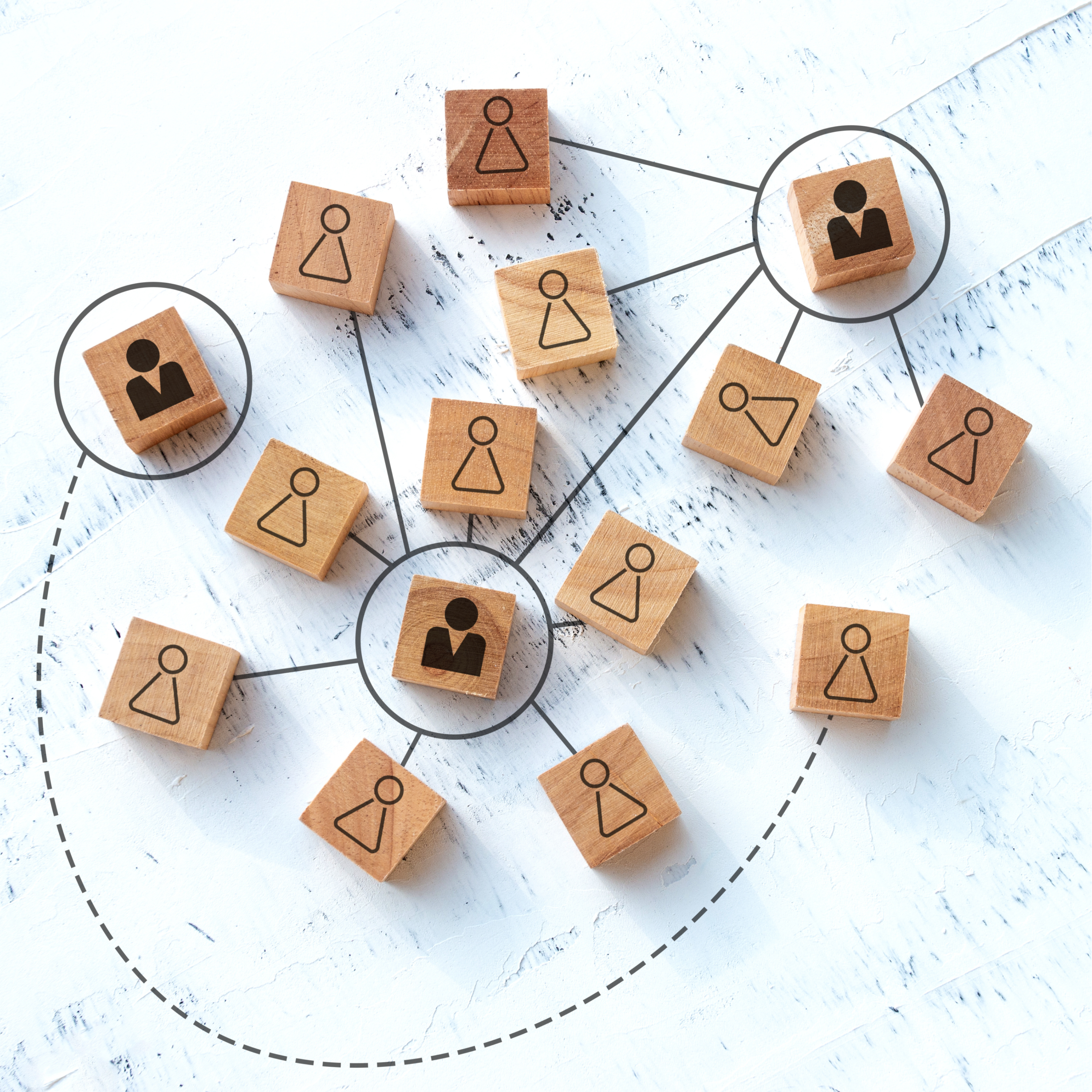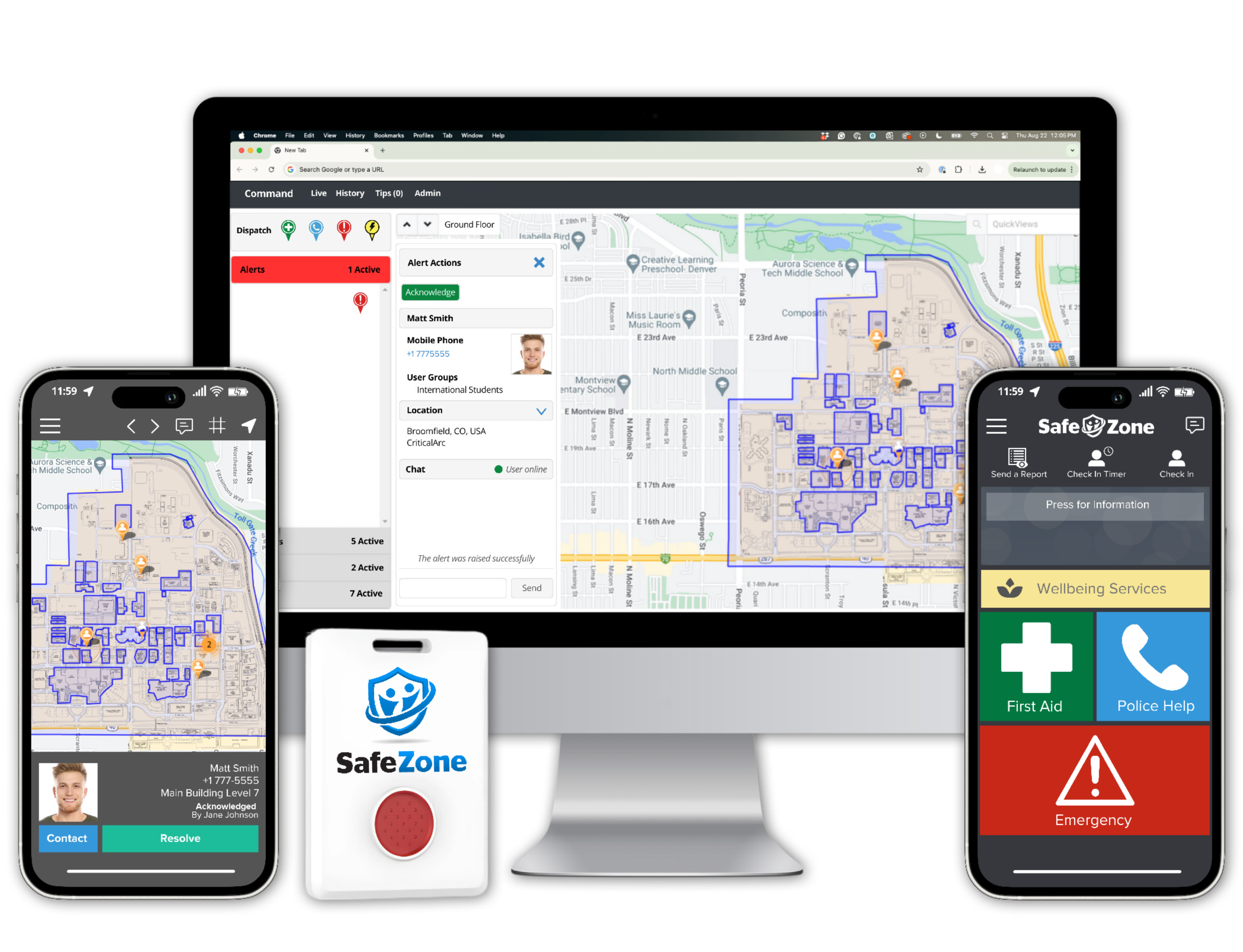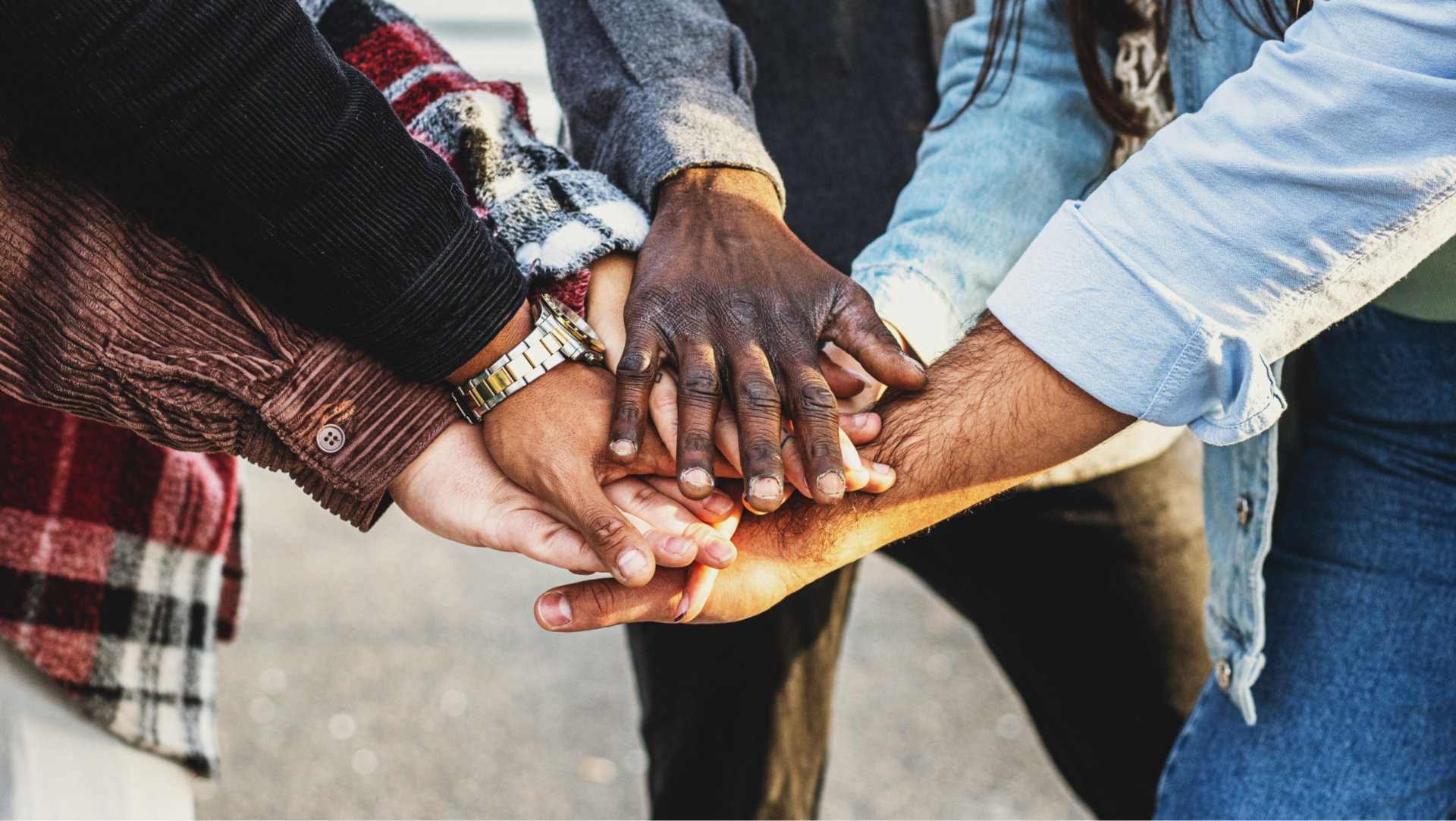Civic engagement is the cornerstone of vibrant, resilient, and thriving communities. In an era of reduced funding for local policing and public services, organizations must rethink how resources are utilized. Rather than reducing services, institutions can work together to share assets and bridge the gaps left by budget cuts. By fostering collaboration, we can create safer, more supportive environments that address community needs holistically, including mental health and wellbeing.
Collaboration to Extend Safety
The challenges of modern safety and security demand a united front. Organizations that partner effectively can extend safety across their communities, re-establish trust, and fill the voids left by struggling public services. For example:
- Shared Procurement and Services: Collaborative purchasing and resource-sharing models reduce duplication, cut costs, and maximize impact. Shared security operations centers and facilities staff can simplify operations while ensuring a high standard of service.
- Centralized Monitoring: Universities can act as centralized hubs for monitoring safety within their campuses and surrounding areas. By integrating this monitoring with external providers such as Chubb or SMC, universities can create a unified safety network that extends their reach and effectiveness.
- Mutual Aid in Safety: Technologies like SafeZone enable institutions to support each other seamlessly, extending their reach and ensuring consistent safety for all members of the community. Click here to learn more about how SafeZone fosters this support network.
- Tip Reporting and Community Empowerment: Empower community members to report issues such as antisocial behavior, broken streetlights, suspicious activities, fly-tipping, and property damage. Implement user-friendly channels like mobile apps and hotlines to encourage participation and foster a proactive safety culture.
- Mental Health as a Core Priority: Integrated safety programs should address mental health and wellbeing, recognizing these as key factors in fostering a resilient and connected community.
Universities as Community Anchors
Universities are uniquely positioned to act as hubs of innovation, collaboration, and support. With their vast resources, expertise, and influence, they can extend their impact far beyond the campus:
- Creating Safe Corridors: Universities can partner with municipalities and local organizations to establish safe travel routes for students, staff, and residents.
- Centralized Safety Operations: By centralizing monitoring efforts and partnering with external providers like Chubb or SMC, universities can ensure a cohesive and efficient approach to community safety.
- Driving Revenue While Building Trust: Shared safety solutions like SafeZone can serve both as a community service and a source of revenue for universities, reinforcing their role as vital community partners.
- Enhancing Wellbeing: By integrating mental health support within safety initiatives, universities can promote holistic care for their students, staff, and the broader community.
Breaking Down Silos
Silos hinder progress. By breaking them down, organizations such as universities, hospitals, municipalities, and community groups can pool their resources to address challenges collectively:
- Optimizing Limited Resources: Sharing technology, infrastructure, and expertise ensures the best use of available assets.
- Enhancing Service Delivery: Collaborative initiatives enable higher-quality services, filling gaps left by reduced public funding.
- Fostering Innovation: Bringing together diverse perspectives encourages creative solutions to complex problems.
Rebuilding Trust and Revitalizing Communities
Collaborative efforts not only enhance safety but also rebuild trust and regenerate underinvested areas:
- Regenerating Communities: Joint funding initiatives can revitalize neighborhoods, creating jobs and improving quality of life.
- Building Bridges: Inclusive programs foster understanding across faiths, genders, and generations, strengthening social cohesion.
- Restoring Hope: Transparent partnerships and tangible improvements demonstrate commitment, restoring faith in local institutions.
Addressing Mental Health and Wellbeing
Safety initiatives must consider the growing need for mental health support. Collaborative programs can:
- Embed Support in Safety Strategies: Integrate mental health services into shared safety platforms, offering timely intervention and reducing stigma.
- Create Safe Spaces: Ensure that all individuals feel secure and supported, addressing both physical and psychological safety.
- Empower Communities: Equip community leaders with tools and training to identify and respond to mental health needs effectively.
Shared Services for a Stronger Future

A shared services model revolutionizes how organizations operate together, ensuring a brighter future for all:
- Improving Access: Centralized functions like safety, healthcare, and public services ensure equitable access.
- Reducing Waste: Streamlined operations minimize duplication and maximize efficiency.
- Strengthening Bonds: Joint initiatives demonstrate the value of collective action and shared purpose.
Enhancing Emergency Response and Coordination
During emergencies such as natural disasters, institutions can provide real-time communication, coordination, and response to support their communities:
- Real-Time Alerts: Use platforms like SafeZone to disseminate timely information about risks and safety protocols.
- Coordinated Response: Facilitate collaboration between local authorities, emergency services, and community members to address immediate needs effectively.
- Community Resilience: Equip individuals with resources and training to prepare for and respond to emergencies, strengthening their ability to recover.
With SafeZone’s full suite of safety, security, wellbeing, and emergency management tools, communities can combine previously siloed resources, enhancing critical event outcomes without compromising budget constraints.
A Vision for Resilient Communities
The challenges facing communities today require bold, forward-thinking solutions. By embracing collaboration, leveraging shared services, and integrating technology like SafeZone, we can:
- Enhance Safety and Security: Ensure everyone feels protected and supported.
- Inspire Hope: Address systemic challenges with innovative, community-driven solutions.
- Build Resilient Networks: Create interconnected safety systems that adapt to future challenges.
The SafeZone Alliance exemplifies this vision, creating a global network of safety that spans universities, hospitals, shopping centers, religious institutions, and more. By embedding safety into the fabric of diverse spaces and leveraging centralized monitoring hubs, we can create inclusive, secure environments that uplift everyone.
Conclusion
Now is the time to act. By breaking down silos and forging partnerships, universities, healthcare organizations, municipalities, and community groups can build stronger, more connected communities. Together, we can ensure safety, restore trust, and foster resilience for generations to come. Let’s lead the way toward a brighter, safer future—starting today.

